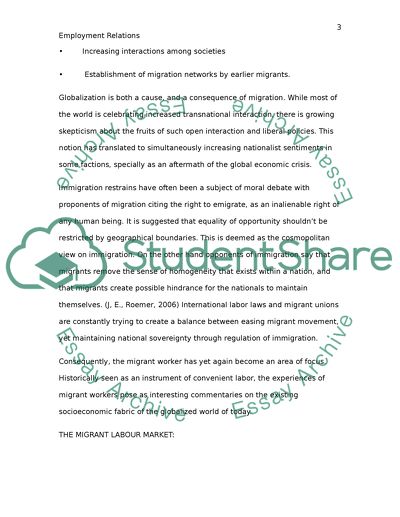Cite this document
(“Employment Relations Essay Example | Topics and Well Written Essays - 2250 words”, n.d.)
Retrieved from https://studentshare.org/human-resources/1397151-employment-relations
Retrieved from https://studentshare.org/human-resources/1397151-employment-relations
(Employment Relations Essay Example | Topics and Well Written Essays - 2250 Words)
https://studentshare.org/human-resources/1397151-employment-relations.
https://studentshare.org/human-resources/1397151-employment-relations.
“Employment Relations Essay Example | Topics and Well Written Essays - 2250 Words”, n.d. https://studentshare.org/human-resources/1397151-employment-relations.


